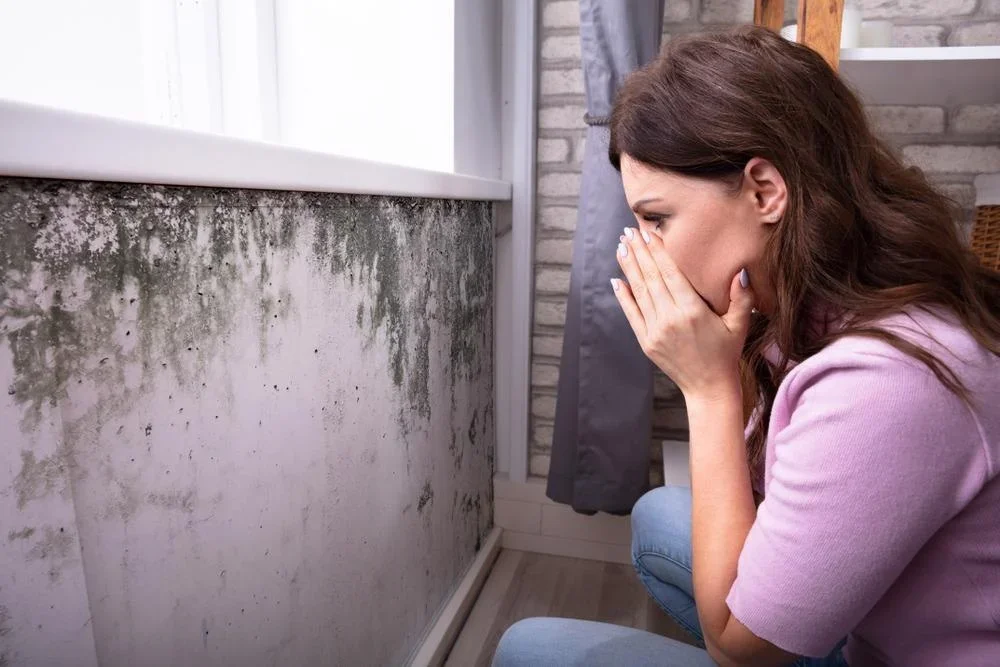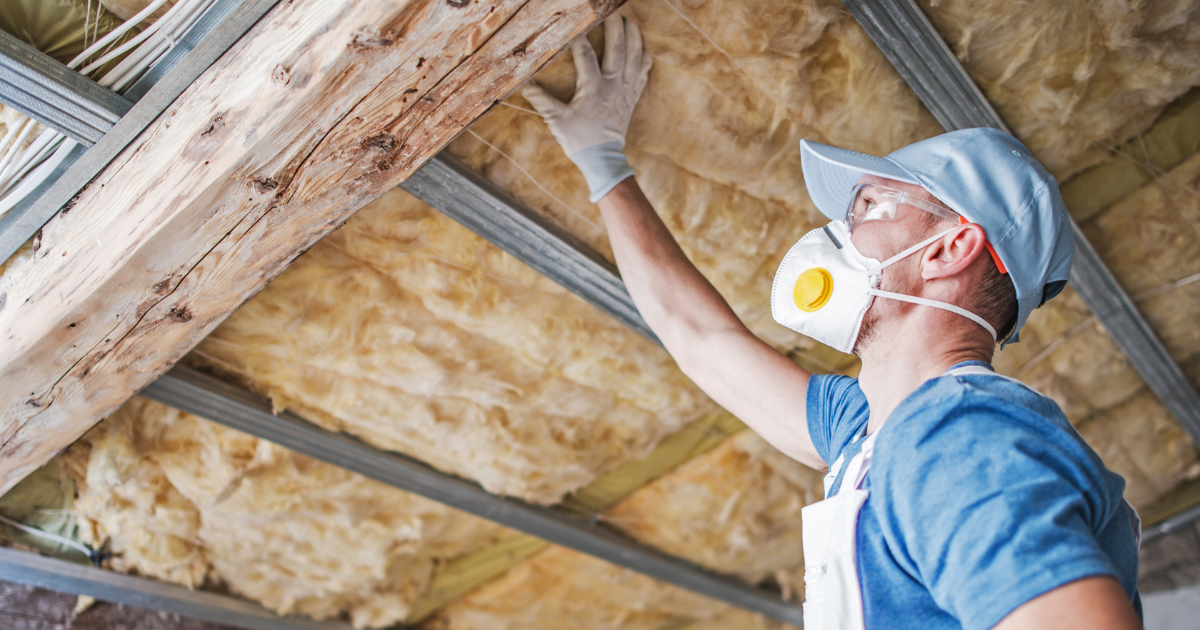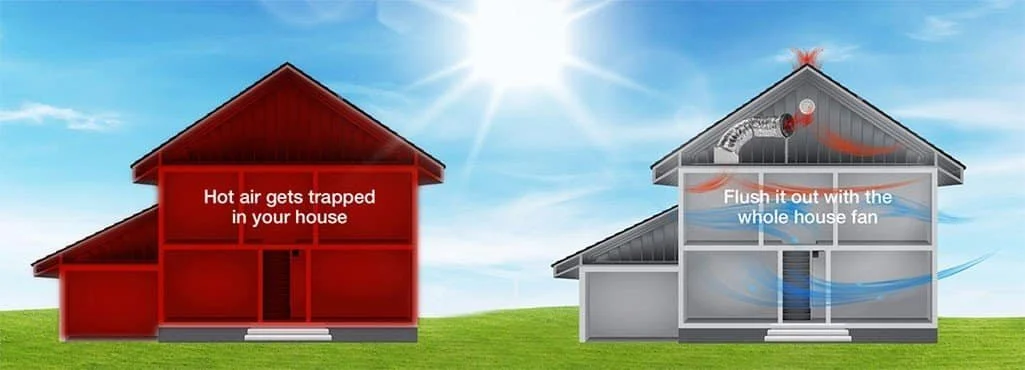How to Spot Invisible Toxins in Your Home - or A Home You Want to Buy
When most people think of “toxins in the home,” they imagine moldy walls or harsh chemical cleaners under the sink. But the truth is, many of the most harmful toxins are invisible — sneaky triggers that affect your energy, mood, hormones, skin, and even immune system without you realizing it.
Whether you’re searching for a new home or want to feel safer in the one you already own, knowing what to look for can make all the difference.
As many of you know, I am a Functional Nutritionist and a Functional Medicine Consultant, but you probably don’t know that I’m also a Realtor in OK and clean/nontoxic houses is part of “my thing”!
Mold & Moisture Issues
Why it matters:
Mold isn’t just ugly — it releases microscopic spores and toxins (mycotoxins) that can cause headaches, fatigue, brain fog, allergies, asthma, sinus problems, hormone disruption, and may even lead to the development of some cancers.
What to look for:
Water stains or discoloration on ceilings, walls, or floors
Musty or “damp basement” smells
Warped floors, bubbling paint, or peeling wallpaper
Condensation on windows or high humidity indoors
A house with a crawlspace with no vapor barrier
Pro tip:
Bring a small flashlight when touring a home. Shine it under sinks, in closets, and along baseboards for hidden water damage.
If you already live there:
Use a dehumidifier to keep humidity under 50%.
Fix leaks promptly.
Consider professional testing if you suspect hidden mold (behind drywall, under flooring).
Run the exhaust fan in the bathroom after showers.
VOCs & Off-Gassing
Why it matters:
Volatile organic compounds (VOCs) are gases released from paints, carpets, pressed wood furniture, cleaning products, and especially air fresheners and candles. Long-term exposure has been linked to headaches, respiratory irritation, hormone disruption, and increased toxic burden.
What to look for in a new home:
Recent renovations or brand-new construction (lots of fresh paint, synthetic carpet, or pressed wood cabinets = high VOC risk).
Strong “chemical” smells in new flooring, cabinets, or closets. VOC’s can off-gas for years.
If you already live there:
Air out new furniture before bringing it inside.
Use low- or zero-VOC paints and finishes.
Avoid synthetic air fresheners and candles — swap for essential oil diffusers or beeswax candles.
Add air-purifying plants (like peace lilies, spider plants, or snake plants). A more in-depth blog to come on this topic soon - stay tuned!
Building Materials & Hidden Toxins
Why it matters:
Many modern materials — pressed wood, vinyl flooring, insulation — contain formaldehyde, phthalates, flame retardants, and other chemicals that can leach into your air and dust. Over time, these can build up in your body and affect your hormones, fertility, and immune system.
What to look for when house-hunting:
New vinyl floors or laminate countertops (off-gas more than natural stone or hardwood).
Particleboard cabinetry (usually higher in formaldehyde).
New, fresh paints.
If you already live there:
Seal pressed wood furniture with a non-toxic sealer to reduce off-gassing.
Vacuum weekly with a HEPA filter vacuum to reduce toxic dust.
Open your windows daily if the outdoor air quality is good and there are no wafting smells such as neighbors mowing, burning, or chemical laundry smells from neighbors. Open for 10 - 30 minutes to allow fresh air inside and VOCs to drift outside.
Use doormats and take off shoes to reduce tracked-in chemicals.
Air Flow & Ventilation
Why it matters:
Without proper airflow, toxins build up indoors — especially mold spores, VOCs, and even carbon monoxide. Poor ventilation is one of the biggest overlooked factors in “sick building syndrome.”
What to check in a new home:
Bathrooms with no exhaust fans or fans that don’t vent outdoors.
Kitchens without a range hood that vents outside (recirculating hoods don’t count).
Dirty HVAC vents or filters - this shows the home has not been properly taken care of. You can request that the sellers have their ducts cleaned or pay to have the ducts cleaned out.
If you already live there:
Change HVAC filters every 1–3 months.
Open windows daily for fresh air (if outdoor air quality is good).
Consider adding an indoor HEPA air purifier, especially in the bedroom.
Quick Home Health Checklist
When evaluating any home (new or current), ask yourself:
Does it smell musty, chemical, or “off”? (ask other people for their opinions as we can get used to the smells in our own homes)
Is there any visible water damage or staining?
Does the home feel humid or stale?
Are there signs of heavy use of synthetic fragrances (plug-ins, candles, sprays)?
Does my body feel different inside this space (headache, sinus issues, fatigue)?
Your body is often the most sensitive “detector” of hidden toxins. Trust what it’s telling you.
Your home should be a place of rest, not a hidden source of illness. By learning to spot mold, VOCs, poor materials, and ventilation issues, you can protect yourself, and your family, whether you’re shopping for a new space or upgrading the one you already live in.
In Part 2, we’ll dive into how to test and measure for toxins in your home — and what to do if you find them.




